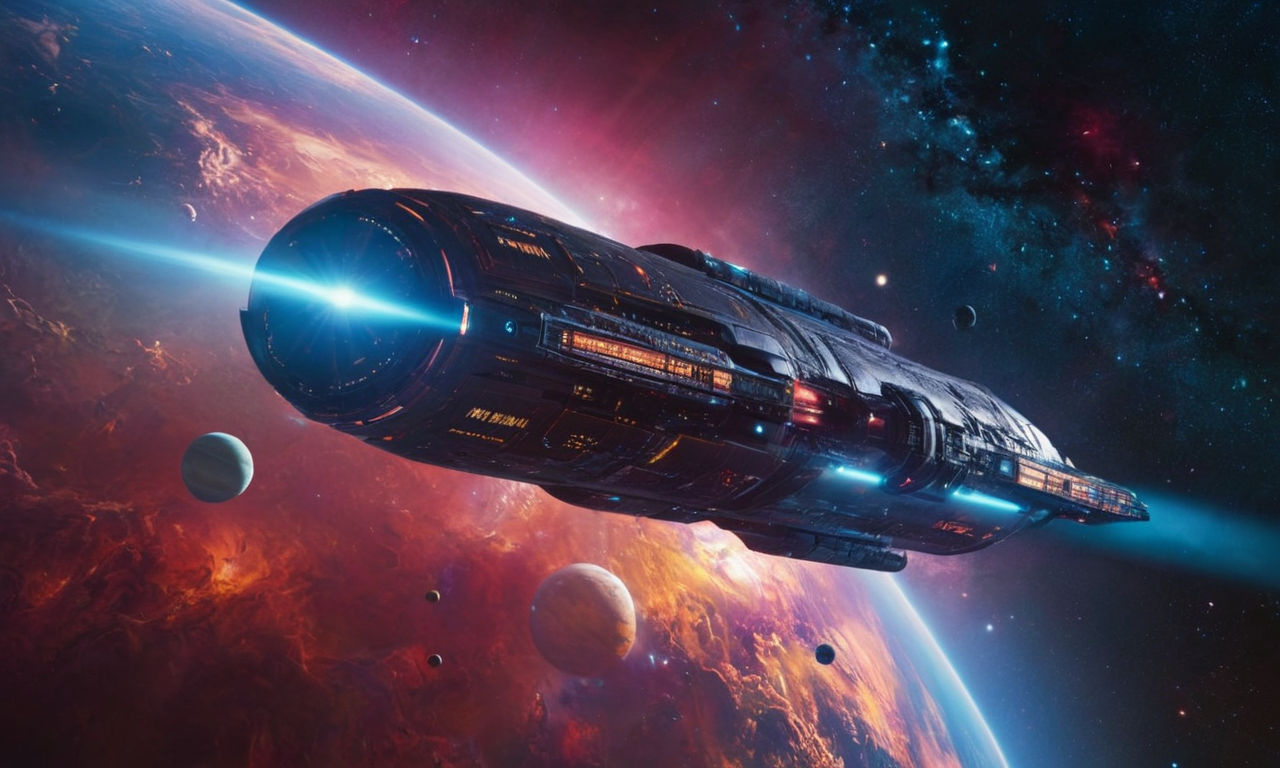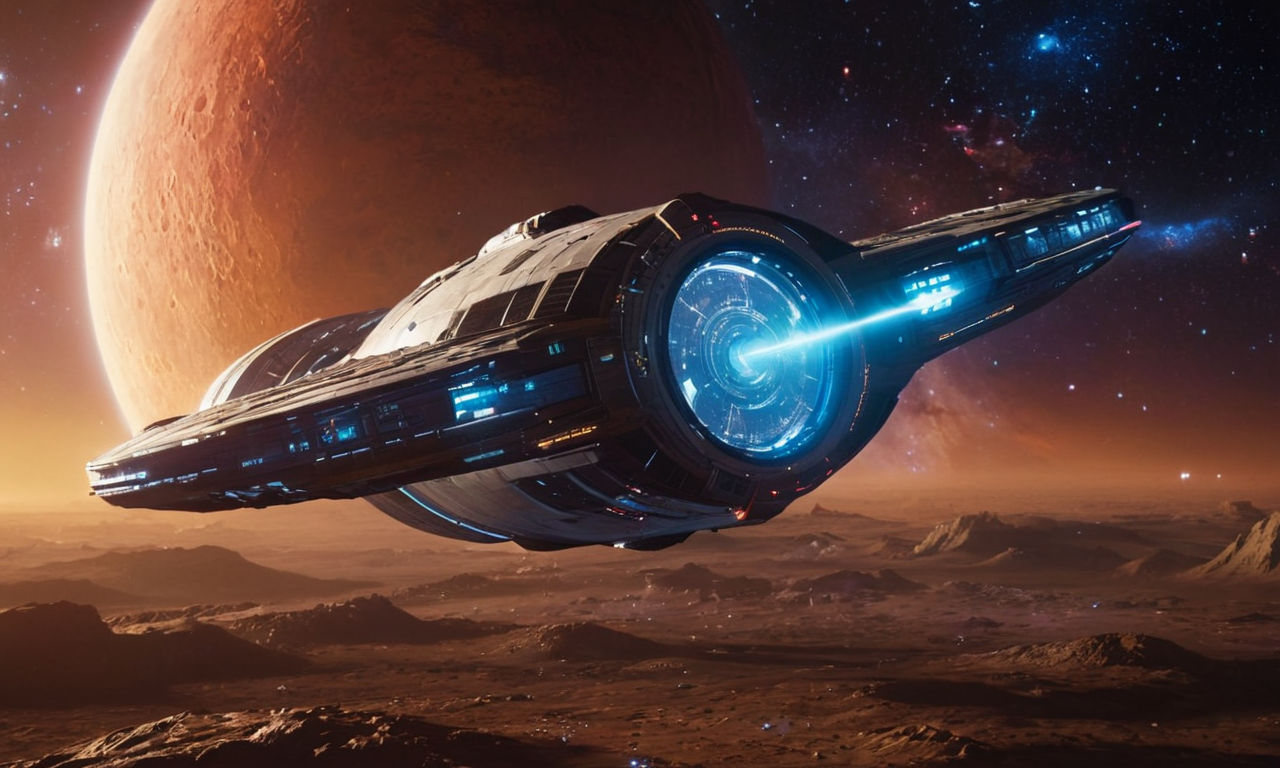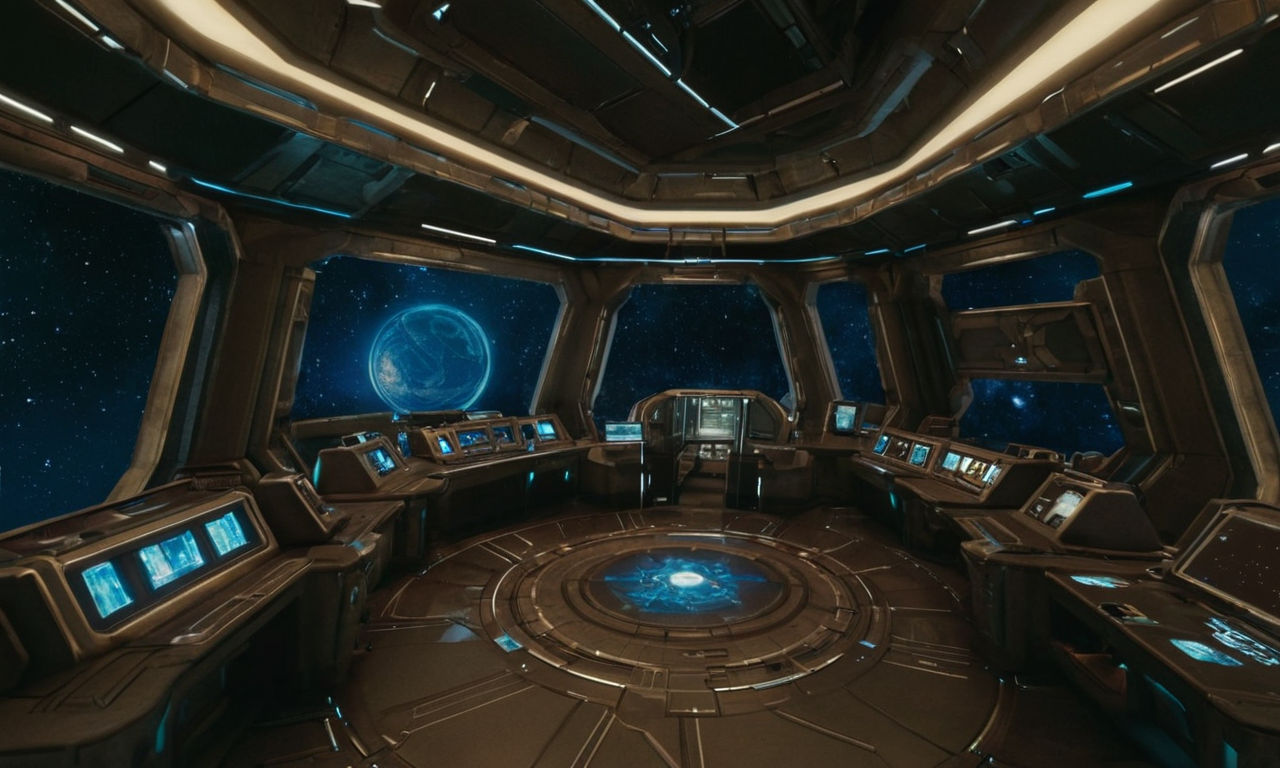Introduction
Embark on an intergalactic adventure as we delve into the captivating worlds of the Star Ocean and Tales of Phantasia game series. Both acclaimed in the realm of Japanese Role-Playing Games (JRPGs), these franchises offer players unique and immersive experiences. In this comparative analysis, we will explore the gameplay, storytelling, and overall essence that sets these two series apart in the vast universe of gaming.
Evolution of JRPGs
Japanese Role-Playing Games (JRPGs) have left an indelible mark on the gaming industry, captivating players worldwide with their rich narratives and innovative gameplay mechanics. Originating in the 1980s, JRPGs have evolved over the years, shaping the landscape of interactive storytelling and character development. Known for their iconic turn-based combat systems and complex character progression, JRPGs have garnered a dedicated fanbase and influenced numerous game developers globally. The immersive worlds, compelling narratives, and strategic gameplay elements of JRPGs continue to captivate players and shape the future of gaming.
Star Ocean: Unraveling the Universe
Dive into the expansive universe of the Star Ocean series, a beloved franchise that merges science fiction with fantasy elements, offering players a unique blend of space exploration and fantastical storytelling. Known for its intricate gameplay mechanics, character-driven narratives, and innovative combat systems, Star Ocean sets itself apart as a pioneer in the JRPG genre.
Overview of the Star Ocean series
The Star Ocean series, developed by tri-Ace and published by Square Enix, takes players on a journey across galaxies, where they encounter diverse alien civilizations, engage in thrilling battles, and unravel mysteries of the universe. Each installment in the series offers a fresh perspective on space exploration, emphasizing player choices and consequences, profound character relationships, and epic quests to save the cosmos.
Gameplay mechanics, character development, and combat system
At the core of the Star Ocean experience lies its intricate gameplay mechanics, which blend real-time combat with strategic elements. Players navigate through dynamic environments, engage in fast-paced battles, and customize their party members' abilities to suit their playstyle. The series also places a strong emphasis on character development, allowing players to forge deep connections with their companions and witness their growth throughout the game.
Exploration of different installments

From the classic tales of "First Departure" and "Second Story" to the futuristic narratives of "Till the End of Time" and "The Last Hope," each Star Ocean installment offers a unique storyline, setting, and cast of characters for players to immerse themselves in. Whether exploring uncharted planets, unraveling conspiracies, or battling formidable foes, each game in the series presents a fresh and engaging experience for fans of the franchise.
Unique features and strengths of the Star Ocean franchise
One of the standout features of the Star Ocean series is its seamless integration of science fiction and fantasy elements, creating a rich and diverse universe for players to explore. The franchise's emphasis on player choice, intricate character relationships, and innovative combat systems sets it apart from traditional JRPGs, offering a dynamic and immersive gaming experience. With each installment building upon the foundation of its predecessors while introducing new mechanics and storytelling elements, Star Ocean continues to captivate audiences with its blend of high-stakes adventures and heartfelt moments.
Tales of Phantasia: The Fantasy Chronicles
Tales of Phantasia, part of the renowned Tales series, is a classic JRPG franchise that has captivated gamers with its rich storytelling and engaging gameplay. The series is known for its intricate narratives, diverse characters, and immersive worlds that combine elements of fantasy and adventure seamlessly.
In terms of gameplay, Tales of Phantasia excels in its real-time battle system, where players can control characters in dynamic combat sequences. The series also incorporates a unique Linear Motion Battle System (LMBS) that offers a more interactive and fast-paced combat experience compared to traditional turn-based systems.
The narrative structure of Tales of Phantasia is characterized by its deep and emotional story arcs, often focusing on themes of friendship, sacrifice, and the battle between good and evil. Each title within the series introduces new characters and plotlines, adding layers of complexity to the overall lore of the franchise.
Key titles like "Till the End of Time" and "The Last Hope" stand out for their innovative gameplay mechanics and compelling storytelling. "Till the End of Time" explores existential themes and the nature of reality, while "The Last Hope" delves into the origins of the series' universe, providing players with a deeper understanding of the game world.
The signature aspects that define Tales of Phantasia include its vibrant art style, memorable soundtracks, and well-developed characters. The series has managed to create a loyal fanbase who appreciate its attention to detail and the sense of immersion it offers to players.
Head-to-Head: Star Ocean vs. Tales of Phantasia
When comparing Star Ocean to Tales of Phantasia, it's essential to explore the distinct gameplay mechanics, graphics, and storytelling approaches that define each series.

Gameplay Mechanics
Both series offer unique gameplay mechanics tailored to their respective universes. While Tales of Phantasia focuses on real-time combat with the LMBS system, Star Ocean incorporates more strategic elements with its Private Action feature that affects character relationships and story outcomes.
Graphics
In terms of graphics, Star Ocean is known for its visually stunning designs and detailed environments, creating a futuristic and immersive gaming experience. On the other hand, Tales of Phantasia embraces a more classic art style, reminiscent of traditional JRPGs with a charming 2D aesthetic.
Storytelling
Star Ocean and Tales of Phantasia both excel in storytelling, but with different approaches. Star Ocean often explores themes of science fiction, space exploration, and human relationships, while Tales of Phantasia leans towards fantasy, magic, and epic quests filled with engaging plot twists and character development.
Player Choices and Moral Dilemmas
Both series incorporate player choices that impact the narrative and character interactions. Star Ocean presents moral dilemmas that challenge players to make decisions with consequences that shape the game world, while Tales of Phantasia focuses on personal growth and the bonds forged between characters through shared experiences.
Themes and Cultural Influences
Star Ocean and Tales of Phantasia incorporate diverse themes and cultural influences into their narratives. Star Ocean delves into topics like advanced technology, intergalactic politics, and ethical dilemmas, whereas Tales of Phantasia explores mythical creatures, ancient civilizations, and the power of magic in a fantastical setting.
Community Perspective

The fanbase reception and reviews of Star Ocean and Tales of Phantasia are crucial in understanding the impact and legacy of these two iconic JRPG series. Fans of Star Ocean appreciate the series for its innovative gameplay mechanics, deep lore, and memorable characters like Edge Maverick and Reimi Saionji.
On the other hand, Tales of Phantasia enthusiasts praise the series for its emotional storytelling, well-developed characters such as Cress Albane and Mint Adenade, and its ability to evoke nostalgia for classic JRPG experiences.
Memorable moments, characters, and plot twists in both series resonate with players, creating lasting impressions that contribute to the ongoing popularity of each franchise in the gaming community. The legacy of Star Ocean and Tales of Phantasia continues to thrive through fan discussions, fan creations, and remastered editions that introduce new generations to these beloved JRPG classics.
Behind the Scenes: Development Insights
When delving into the behind-the-scenes development of the iconic Star Ocean and Tales of Phantasia series, one can uncover a wealth of fascinating insights into the creation process. These beloved JRPG franchises have garnered immense popularity over the years, capturing the hearts of gamers worldwide with their captivating storytelling and immersive gameplay experiences.
Origins and Evolution: The inception of both series can be traced back to the creative minds at tri-Ace for Star Ocean and Wolf Team for Tales of Phantasia. Each installment in these franchises represents a significant leap in game design, technology, and narrative complexity, showcasing the evolution of JRPGs over time.
Interviews with Creators: Through in-depth interviews with developers, designers, and visionaries behind Star Ocean and Tales of Phantasia, fans gain a deeper understanding of the creative processes that brought these games to life. These conversations offer valuable insights into the inspirations, challenges, and aspirations that shaped the development of each title.
Technological Advancements: Over the years, both series have pushed the boundaries of gaming technology, incorporating innovative gameplay mechanics, stunning visuals, and intricate world-building elements. From the sprite-based graphics of Tales of Phantasia to the cinematic experiences of Star Ocean: The Last Hope, these games showcase the evolution of JRPGs alongside advancements in console capabilities.
The Future of JRPGs
As we peer into the future of the JRPG genre, the legacies of Star Ocean and Tales of Phantasia continue to cast a long shadow, influencing the trajectory of game development and storytelling in profound ways.
Trends and Innovations: The JRPG landscape is constantly evolving, with new trends and innovations shaping the genre's direction. From dynamic combat systems to branching narratives, developers are exploring unique ways to engage players and deliver memorable experiences. The influence of Star Ocean and Tales of Phantasia can be seen in these modern design choices, reflecting the enduring impact of these timeless classics.
Legacy and Influence: Looking ahead, it's clear that the legacy of Star Ocean and Tales of Phantasia will continue to resonate with future generations of gamers. As new titles emerge and technology advances, the foundational elements established by these series—compelling storytelling, diverse character casts, and immersive worlds—will remain as guiding beacons for developers seeking to craft unforgettable JRPG adventures.
Closing Thoughts: In conclusion, the enduring appeal and significance of Star Ocean and Tales of Phantasia are a testament to the creative vision and dedication of their respective development teams. These games not only entertain and inspire players but also pave the way for the future of JRPGs, ensuring that the magic of intergalactic journeys and fantastical quests will endure for years to come.
Conclusion
In this comprehensive comparison of Star Ocean and Tales of Phantasia, we have explored the rich tapestry of storytelling, gameplay mechanics, and development insights that define these legendary JRPG series. As fans continue to cherish the memorable adventures of First Departure, Second Story, Till the End of Time, and The Last Hope, it becomes evident that the impact of these games transcends mere entertainment.
Recap of Key Points: From the innovative gameplay of Star Ocean to the timeless charm of Tales of Phantasia, each series offers a unique blend of fantasy, sci-fi, and adventure that captivates players across generations. The evolution of JRPGs is intricately tied to the pioneering spirit of these titles, shaping the genre into what it is today.
Appreciation and Gratitude: As we appreciate the enduring legacy of Star Ocean and Tales of Phantasia, we extend our gratitude to the developers, designers, and storytellers who breathed life into these fantastical worlds. Their creative vision and dedication have left an indelible mark on the gaming industry, enriching our lives with unforgettable tales of heroism, friendship, and discovery.



